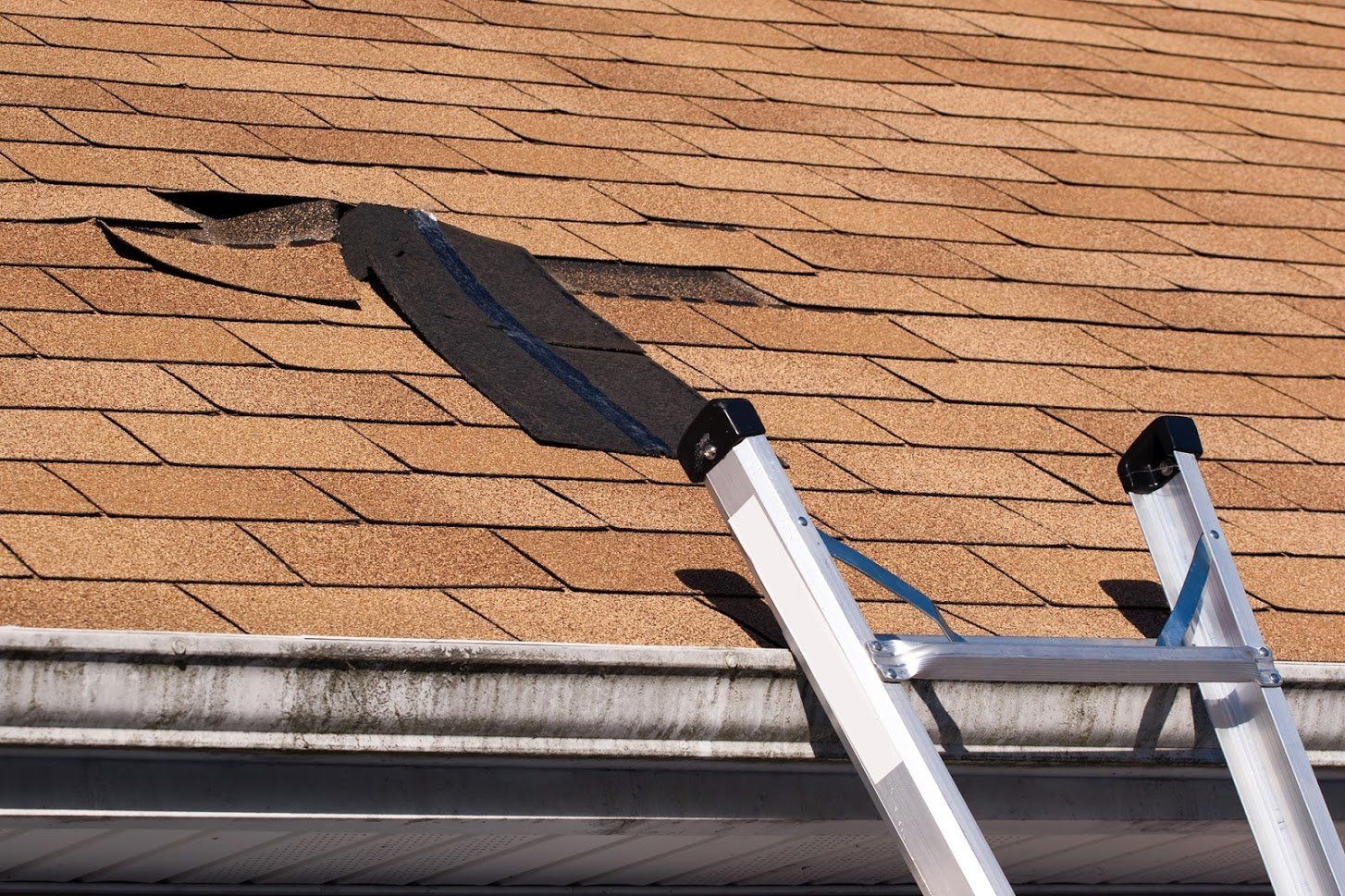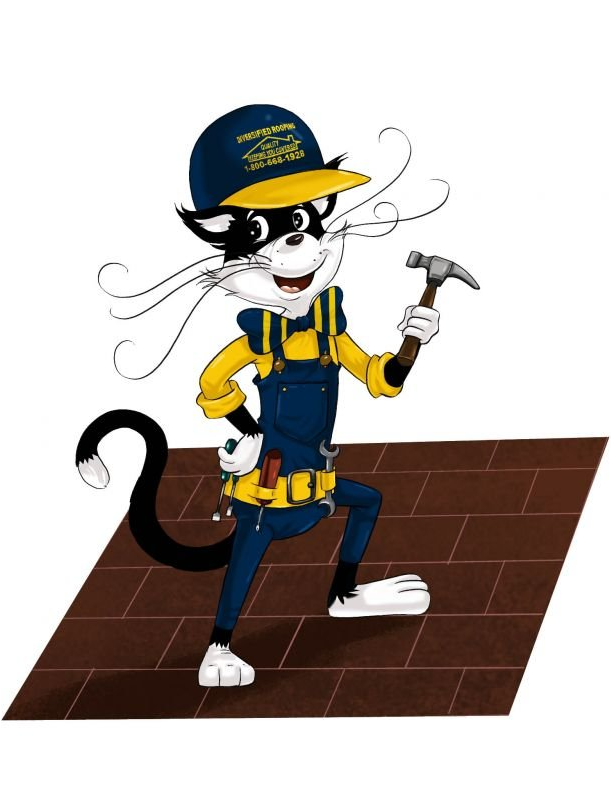6 Common Shingle Damages to Look Out for When Inspecting Your Roof

Asphalt shingles are a popular roofing material in the US, thanks to their affordability, versatility, and easy installation. However, like any other roofing materials, asphalt shingles have a lifespan and start deteriorating over time due to exposure to harsh elements like rain, moisture, excessive heat, and strong winds.
Though most asphalt shingles damages are repairable if you identify them early, they can lead to other roof and property damage without proper repair. Therefore, inspect your asphalt roof shingles regularly, and repair any identified damages immediately.
Discover some common asphalt shingles damages to look out for when inspecting your roof.
1. Granule Loss
Asphalt shingles come with a layer of mineral granules to protect your roof from damage by ultraviolet rays from the sun, improve your roof's fire resistance, and give the roof an attractive finish.
However, rainwater can wash the granules away due to a weaker bond over time, exposing the asphalt to the elements. The loss of granule also diminishes the luster of your asphalt shingles. To prevent further damage to your roof and property, replace the shingles before they lose all the granules.
2. Hail Bruising
Hail bruising occurs when the impact of hailstones causes indentations on your asphalt shingles by dispersing some granules. Common signs of hail bruising include dents on the vulnerable sections of the roof, missing granules, and circular cracks.
Since hail bruises can make your roof more vulnerable to leaks, replace all damaged shingles to protect the internal structures of your roof from water damage.
3. Water Damage
Water damage on asphalt shingles mostly happens when you overlook issues like loose or missing shingles and cracks on the shingles. The moisture that accumulates beneath your shingles causes moss, mildew growth, and rot on the wooden structures.
4. Shingle Cracking
Shingle cracking is mainly the result of the expansion of shingles during high temperatures and contraction when the temperature goes down. However, modern shingles rarely crack, as most manufacturers have improved their shingles to prevent the issue.
Since asphalt shingle cracks are not visible from the ground, hire an expert to inspect your roof regularly. If you do not replace cracked shingles, rainwater can find its way into the inside of your house, causing further damage.
5. Shingle Cupping
When your shingles become brittle due to old age, they can form a concave shape at the center due to wear and tear and harsh weather like excess heat. Other causes include poor shingle handling, poor installation, and roof ventilation issues.
6. Shingles Curling
Shingle curling is mainly the result of the moisture that accumulated in the roof decking due to poor ventilation. If your attic lacks proper ventilation, the hot and moist air trapped inside causes the condensation that lakes shingles curl.
Curling can also happen if you lay a layer of singles over the old layer instead of stripping down the whole roof. Strong winds easily curl the second layer, as you cannot secure it properly due to the older layer. If your shingles curl excessively, rainwater may leak and affect your roof's appearance.
Shingle damage is the last thing you likely wish for your roof, but these damages do happen due to old age or extreme weather. Therefore, regularly inspect your roof to identify these damages before they become worse. And if you do find issues, seek professional help if you lack the skills necessary for the task.
At Diversified Roofing, we boast a team of skilled and experienced roofing technicians dedicated to offering excellent roofing services to our clients. Contact us today to experience our customer-centric services. We look forward to helping you.









